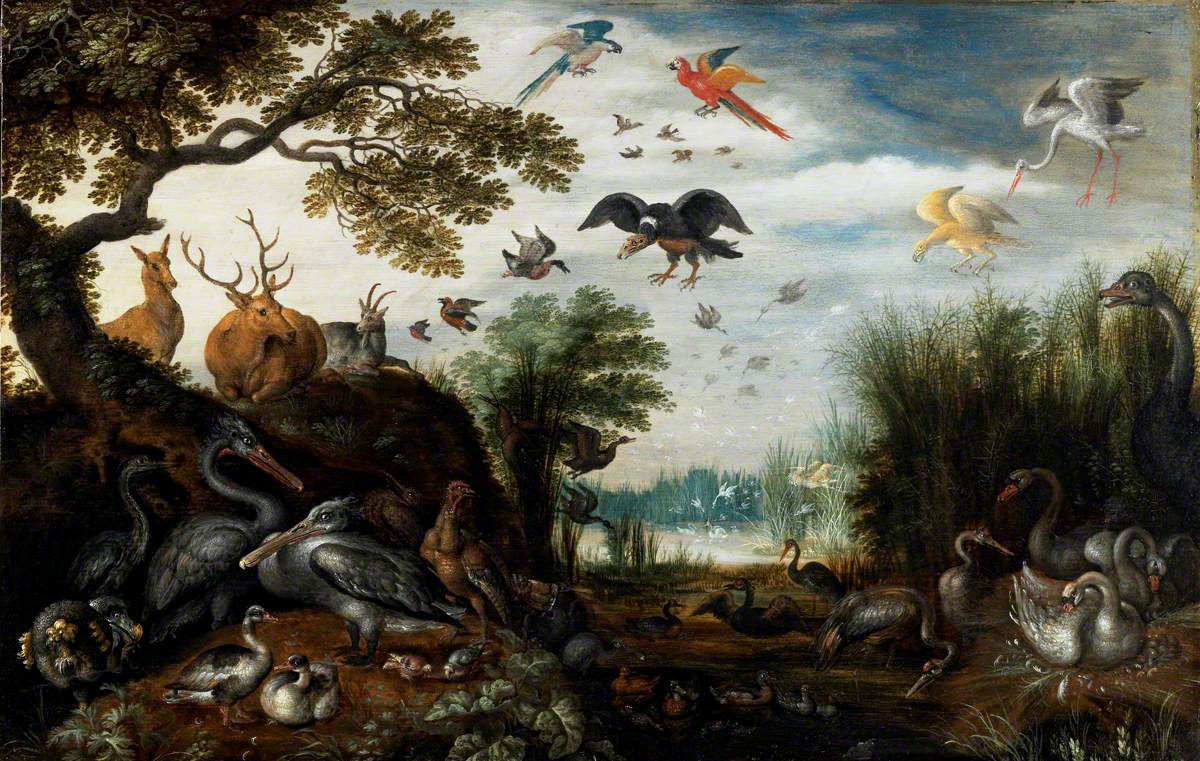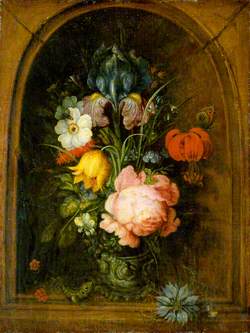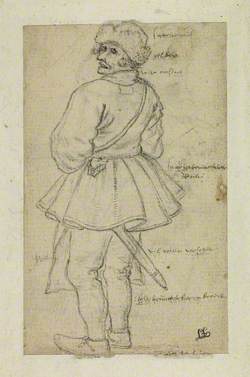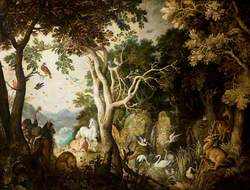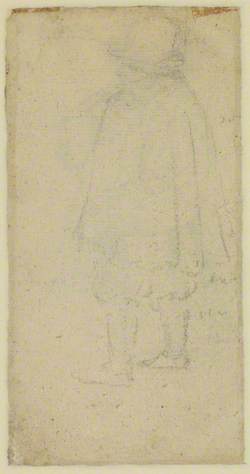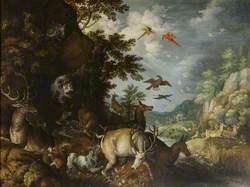How you can use this image
This image can be used for non-commercial research or private study purposes, and other UK exceptions to copyright permitted to users based in the United Kingdom under the Copyright, Designs and Patents Act 1988, as amended and revised. Any other type of use will need to be cleared with the rights holder(s).
Review the copyright credit lines that are located underneath the image, as these indicate who manages the copyright (©) within the artwork, and the photographic rights within the image.
The collection that owns the artwork may have more information on their own website about permitted uses and image licensing options.
Review our guidance pages which explain how you can reuse images, how to credit an image and how to find images in the public domain or with a Creative Commons licence available.
Notes
Add or edit a note on this artwork that only you can see. You can find notes again by going to the ‘Notes’ section of your account.
It is thought Savery actually saw the dodo alive, the bird having been brought from Mauritius to Prince Maurice of Nassau's menagerie. Prince Maurice (1567–1625) was the Stadtholder of the Netherlands: Mauritius was named in his honour after it was discovered by Dutch explorers in 1598. This is one of the few authentic pictures of the dodo in life and, unusually, Savery has painted a rear view of the bird, its head turned towards the viewer as it scratches its beak with the right leg. Savery is best known for his paintings of exotic animals living in the zoological gardens of Rudolph II of Prague, many of which he incorporated in paintings of the Garden of Eden and other traditional subjects. At that time there was tremendous curiosity in exotic animals and Savery's paintings were bursting with the brightly coloured foreign birds living in the aviaries – cockatoos, cassowaries, macaws, crowned cranes and the dodo – and capture that enthusiasm.
Title
Dodo in a Landscape with Animals
Date
c.1629
Medium
oil on wood
Measurements
H 40 x W 64.5 cm
Accession number
ART10000036
Acquisition method
possibly bequeathed by William John Broderip (1781–1859)
Work type
Painting
